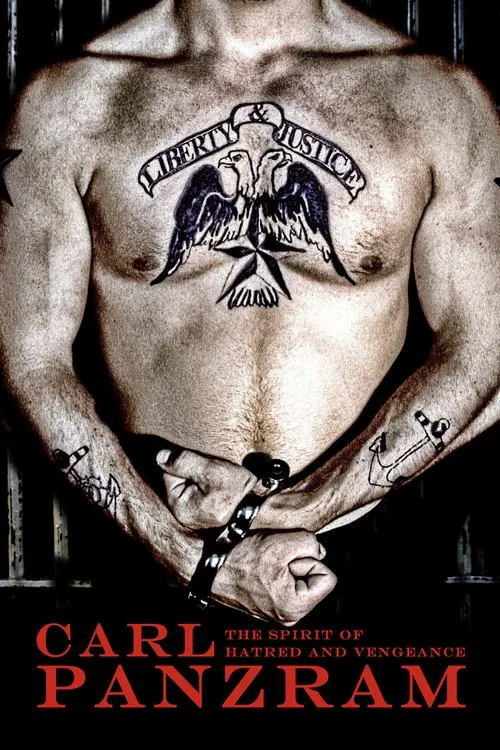Carl Panzram: The Spirit of Hatred and Vengeance

Plot
Carl Panzram: The Spirit of Hatred and Vengeance tells the dark and brutal tale of one of the most notorious serial killers in American history. Carl Panzram's life was a never-ending cycle of violence, hate, and vengeance, marked by numerous brutal crimes and a seemingly insatiable appetite for destruction. Born in 1879, Panzram's early life was marred by instability and trauma. Abandoned by his parents and shuffled from one foster home to another, he quickly developed a hard and unforgiving exterior. By the time he reached adulthood, Panzram had already amassed a lengthy rap sheet, with convictions for crimes ranging from theft and assault to murder and sodomy. Despite his troubled past, Panzram's most defining characteristic was his unbridled hatred for the world around him. This deep-seated anger was fueled by the brutal treatment he received at the hands of prison officials and inmates alike. From the moment he was incarcerated, Panzram's life was a never-ending struggle for survival, with every day bringing new opportunities for violence and exploitation. As Panzram navigated the prison system, he became notorious for his brutal acts of violence, which often targeted the most vulnerable members of society. His crimes were marked by a callous disregard for human life, with victims ranging from fellow inmates to prison guards and civilians. Panzram's modus operandi was to stalk and murder his prey, often using brutal and sadistic methods to exact maximum pain and suffering. One of the most striking aspects of Panzram's story is the role that prison guard Henry Lesser played in his life. Despite the fact that Panzram had already amassed a reputation as a ruthless killer, Lesser saw something in the convicted murderer that no one else seemed to – a deep-seated need for connection and human understanding. When Panzram was handed a Bible by Lesser, he began to open up to the guard, sharing his life story and revealing a complex and deeply troubled individual. Lesser's kindness and compassion had an almost miraculous effect on Panzram, who began to write his autobiography in the hope of finding some measure of redemption. Working closely with Lesser, Panzram poured his heart and soul into the manuscript, pouring out decades of pain, anger, and regret. The result was a raw and unflinching account of Panzram's life, a deeply disturbing but ultimately fascinating chronicle of a life marked by violence, abuse, and neglect. As Panzram's manuscript neared completion, he began to reflect on the events of his life. He saw himself as a monster, driven by a deep-seated hatred for the world around him. Yet, in writing his autobiography, Panzram had unwittingly created a record of his crimes, a document that would one day help to define his legacy. Tragically, Panzram's story came to an abrupt end in 1930, when he was hanged for the murder of a laundry foreman at Leavenworth prison. His final words, "Hurry it up, you hoosegows," a reference to the prison guards who had executed him, remain a powerful testament to the enduring rage and anger that defined his life. In the end, Carl Panzram: The Spirit of Hatred and Vengeance is a haunting and thought-provoking exploration of the darkest corners of the human experience. Through the lens of Panzram's tumultuous life, we are forced to confront the depths of human depravity, and the often devastating consequences of a life marked by cruelty and violence.
Reviews
Recommendations




